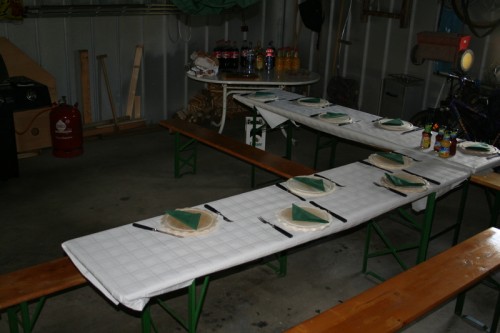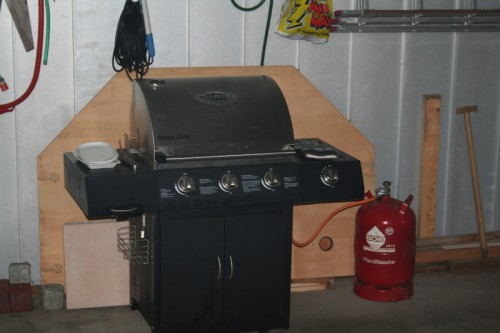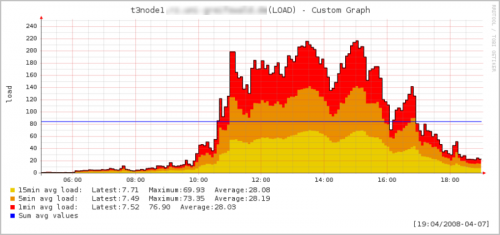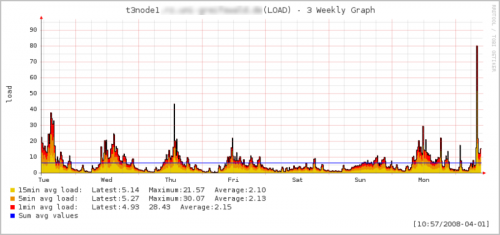Well, there is this “nifty” tool called patch2mail, which basically converts the XML for the updates to a more readable format. But you’re screwed if you want to do the same on SLES10. Since it ain’t shipping with the zypper xml wrapper thing, you need to do it a bit different.
So I ended up writing a small (and yet, ugly) shell script to generate me a mail of my liking ..
|
1 2 3 4 5 6 7 8 9 10 11 12 13 14 15 16 17 18 19 20 21 22 23 24 25 26 27 28 29 30 31 32 33 34 35 36 37 38 39 40 41 42 |
#!/bin/bash TO="admin-addr@localhost" CLASSES="security recommended optional" # Temporary files ZYPP_LIST="$( mktemp /tmp/zypper-list.XXXXXX )" ZYPP_DETAILS="$( mktemp /tmp/zypper-details.XXXXXX )" TMP="$( mktemp /tmp/zypper-report.XXXXXX )" zypper pch 2>/dev/null > $ZYPP_LIST # Figure out how much updates are still pending PENDING="$( cat $ZYPP_LIST | grep "| Needed" | wc -l )" if [ $PENDING -eq 0 ] ; then exit 0 fi echo > $TMP echo " Pending updates for $( domainname -f ) on $( date )" >> $TMP for severity in $CLASSES; do PACKAGES="$( cat $ZYPP_LIST | egrep "${severity}(.*)| Needed" | cut -d| -f2 | sed "s,^ ,," )" echo echo " Category: $severity" for package in $PACKAGES; do zypper patch-info $package 2>/dev/null > $ZYPP_DETAILS echo " * $package ($( cat $ZYPP_DETAILS | grep "Version: " | sed "s,Version,version," ))" echo " $( cat $ZYPP_DETAILS | grep "Summary: ")" echo " $( cat $ZYPP_DETAILS | grep "Reboot Required:" )" echo done echo done >> $TMP cat $TMP | mail -s "[$( date +%F )] Update report for $( domainname -f )" $TO trap 'rm -f "$TMP" "$ZYPP_LIST" "$ZYPP_DETAILS" >/dev/null 2>&1' 0 trap "exit 2" 1 2 3 15 # vim: set tw=80 |







